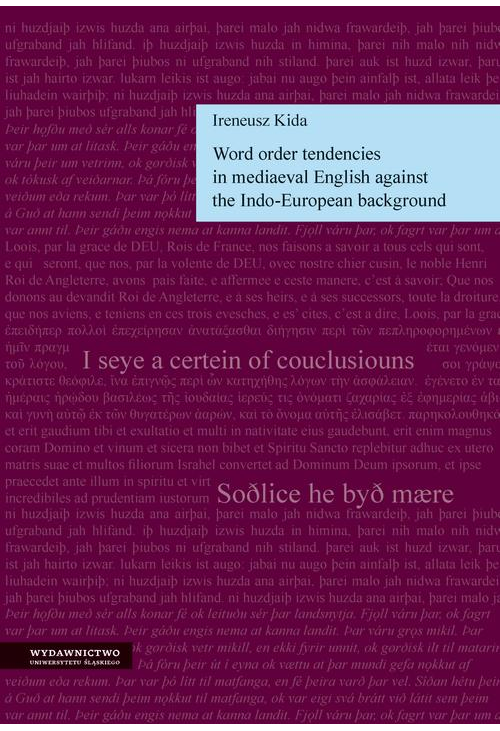
- -14%
ebook Word order tendencies in mediaeval English against the Indo-European background
Word order tendencies in mediaeval English against the Indo-European background to fascynujący ebook, który zapewni Ci niezwykłą podróż przez średniowieczną angielszczyznę i jej zmiany w szyku zdaniowym. Autor, Ireneusz Kida, wydany przez Wydawnictwo Uniwersytetu Śląskiego w 2011 roku, przedstawia szczegółową analizę tych zmian na tle wybranych języków indoeuropejskich.
Jako czytelnik ebooków zainteresowanych literaturą piękną i badaniami językoznawczymi, ten ebook do pobrania w formacie PDF jest idealnym wyborem dla Was. Zapraszamy do sklepu z ebookami, gdzie znajdziecie wiele bestsellerów i najlepszych wydania elektroniczne publikacji cyfrowych.
Kupując ten ebook, odkryjecie nie tylko fascynujące zmiany szyku wyrazów w średnio-angielszczyźnie, ale także autorską metodę tworzenia korpusu tekstowego. Ireneusz Kida prowadzi nas przez analizę struktury szyku wyrazów w najdawniejszych inskrypcjach runicznych oraz w tekstach staronordyckich i anglo-normańskich.
Ten ebook do czytania, dostępny jako publikacja cyfrowa, odkrywa przed nami kluczowe zmiany szyku zdaniowego z OV na VO w języku angielskim, które miały miejsce w XII i XIII wieku. Autor podkreśla, że te zmiany zachodziły generalnie szybciej w zdaniach głównych niż pobocznych.
W kończącym pracę rozdziale piątym, Ireneusz Kida dochodzi do konkretnych wniosków dotyczących trajektorii zmian szyku wyrazów w języku angielskim w szerszym kontekście niektórych języków indoeuropejskich. To doskonały ebook dla każdego, kto chce zgłębić tajniki języka i historii literatury.
Nie przegap okazji i pobierz ten wyjątkowy ebook już dziś! Zanurzcie się w fascynujący świat średniowiecznej angielszczyzny i odkryjcie zmiany, które kształtowały języki przez wieki.
Spis treści ebooka Word order tendencies in mediaeval English against the Indo-European background
List of contentsIntroduction / 7
The aim of the book / 7
The structure of the book / 8
C h a p t e r 1 Forming an annotated corpus
1.1. Outline of word order theories / 13
1.2. Forming our own corpus for the analysis of word order changes / 18
1.2.1. Introduction / 18
1.2.2. Tags used in the corpus / 19
1.2.3. The main clause / 20
1.2.4. The dependent clause / 23
1.2.5. Corpus flexibility: the investigation of parataxis and hypotaxis / 25
1.2.6. Concluding remarks / 36
C h a p t e r 2 Proto-Germanic word order
2.1. Proto-Indo-European and its later developments / 37
2.2. Proto-Germanic word order / 39
2.3. Word order in runic inscriptions / 40
2.4. How much does Old High German tell us about the Proto-Germanic word order? / 53
2.4.1. Introduction / 53
2.4.2. The analysis of Tatian (T1) / 54
2.4.3. The analysis of the Vulgate (L1) for comparison with Tatian (T1) / 56
2.4.4. The analysis of Tatian (T2) for comparison with T1 and L1 / 60
2.5. How much does Gothic tell us about the Proto-Germanic word order? / 61
2.5.1. Introduction / 61
2.5.2. Comparison of the Gothic Bible (Go1) with the Septuagint (Gr1) / 62
2.6. The West-Saxon Bible (WSB1): how much of Englishness? / 69
2.7. The influence of Latin and Greek upon the translations of the Bible into the oldest Germanic dialects / 71
2.8. Proto-Germanic word order according to our analysis / 73
C h a p t e r 3 Old English word order
3.1. Some characteristics of the Old English word order / 79
3.2. The analysis of the Old English Orosius / 83
3.3. The analysis of Ælfric’s Catholic Homilies / 85
3.4. Word order in the Anglo-Saxon Chronicle: comparison of the entries pre-1066 of the A-manuscript and the E-manuscript / 88
3.5. The Parker Chronicle: the pre-891 and the 891—1066 periods compared / 93
3.6. The Peterborough Chronicle: the pre-891 and the 891—1066 periods compared / 97
3.7. Old Norse: how much of Scandinavian influence upon the word order of English? / 102
3.7.1. The socio-linguistic background / 102
3.7.2. The analysis of word order in Heimskringla / 104
C h a p t e r 4 Middle English word order
4.1. Towards the shaping of the Middle English word order / 109
4.2. Word order in the entries 1067—1121 of the Peterborough Chronicle / 110
4.3. Word order in the First Continuation of the Peterborough Chronicle (entries 1122—1131) / 111
4.4. Word order in the Second Continuation of the Peterborough Chronicle (entries 1132—1154) / 114
4.5. The analysis of Juliana / 118
4.6. Introduction to the analysis of Ancrene Wisse / 120
4.6.1. Word order in Ancrene Wisse / 121
4.7. The analysis of the Prose Treatises of Richard Rolle de Hampole / 124
4.8. The analysis of Geoffrey Chaucer’s Astrolabe / 126
4.9. The analysis of the Wycliffe’s Bible (WB1) / 128
4.10. Anglo-Norman: how much of influence upon the English word order? / 130
4.10.1. The socio-linguistic background / 130
4.10.2. Some facts concerning the word order of Anglo-Norman based on the comparison of Foedera and its Latin counterpart / 134
4.10.3. The analysis of word order in Foedera / 136
C h a pt e r 5 The trajectory of word order change in English
5.1. Conclusions / 139
5.2. The locus of VO spread: main vs subordinate clauses / 139
5.3. The diachrony of the development of word order in English: from pre-Proto-Germanic to Late Middle English / 141
Bibliography / 147
References / 147
Sources / 150
Assisting websites / 151
Streszczenie / 153
Résumé / 154
Szczegóły ebooka Word order tendencies in mediaeval English against the Indo-European background
- Wydawca:
- Wydawnictwo Uniwersytetu Śląskiego
- Rok wydania:
- 2011
- Typ publikacji:
- Ebook
- Język:
- angielski
- Format:
- Liczba stron:
- 162
- Miejsce wydania:
- Katowice
Recenzje ebooka Word order tendencies in mediaeval English against the Indo-European background
-
Reviews (0)

Na jakich urządzeniach mogę czytać ebooki?
- -14%




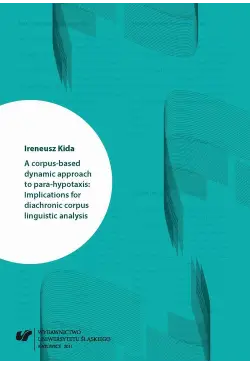

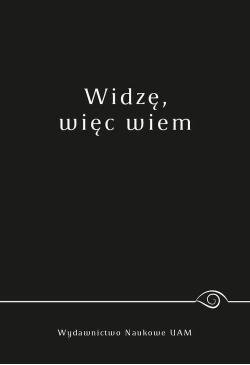
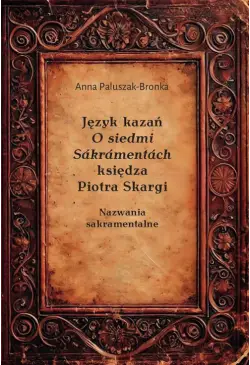

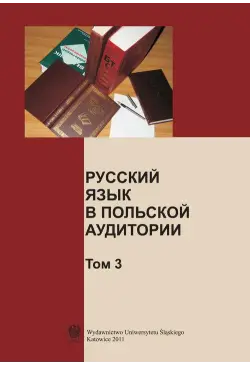
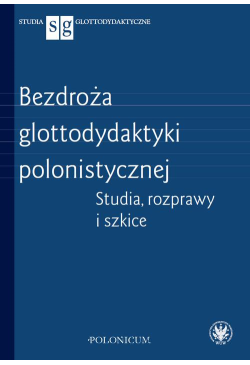
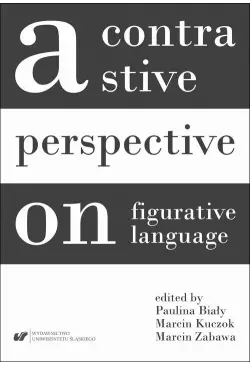

@CUSTOMER_NAME@
@COMMENT_TITLE@
@COMMENT_COMMENT@